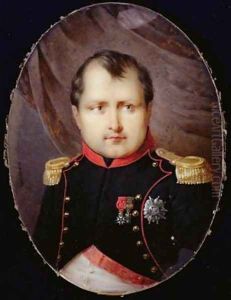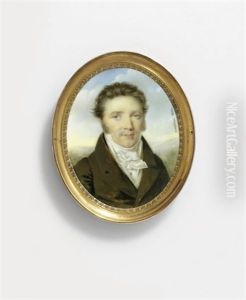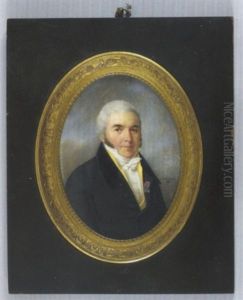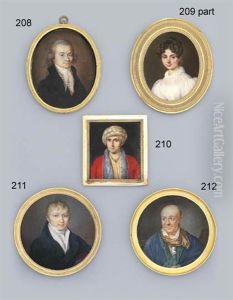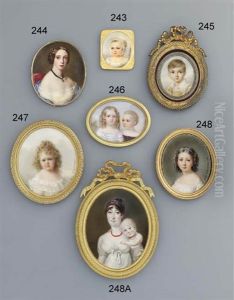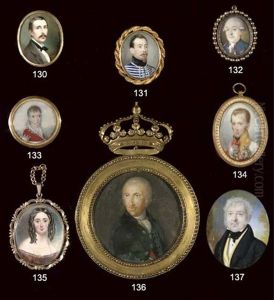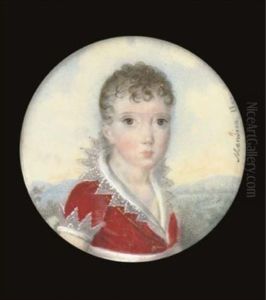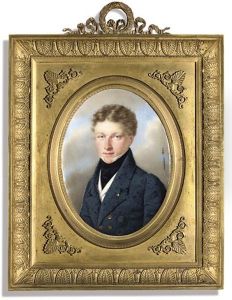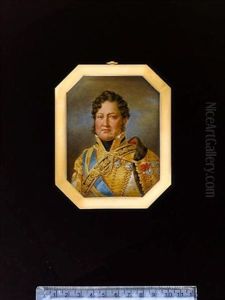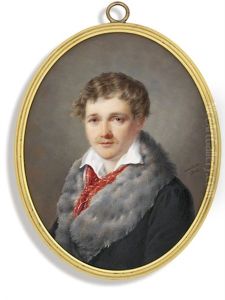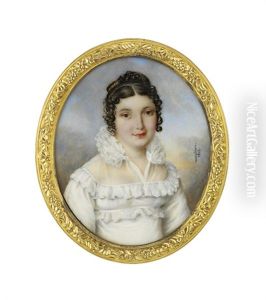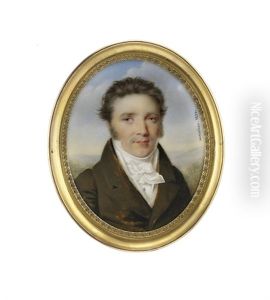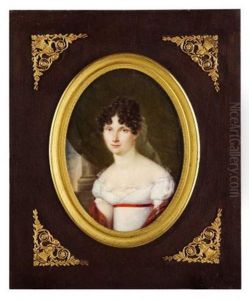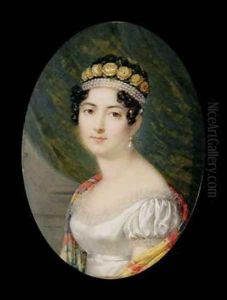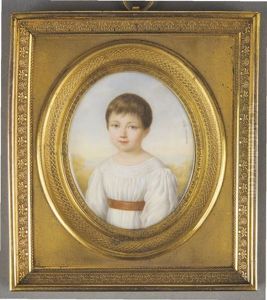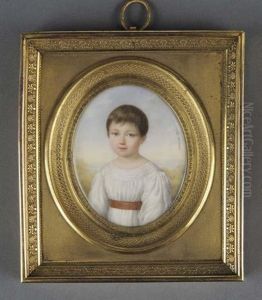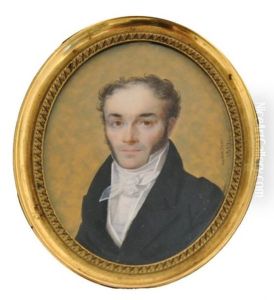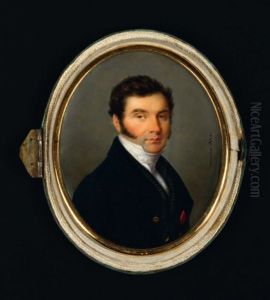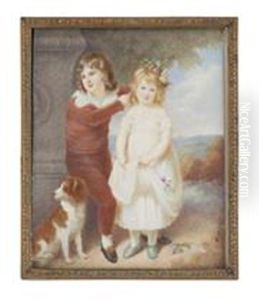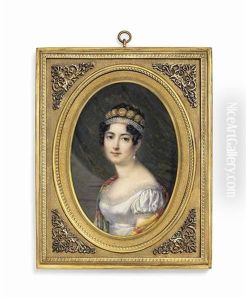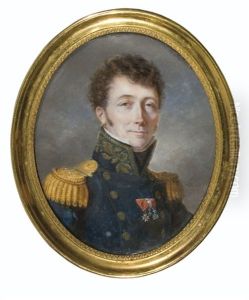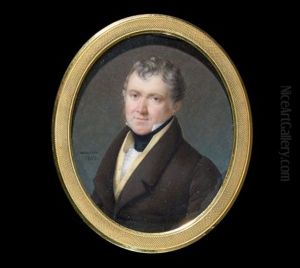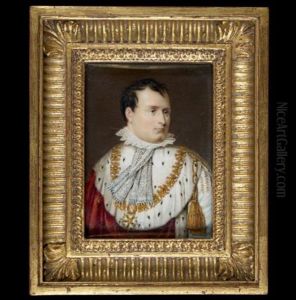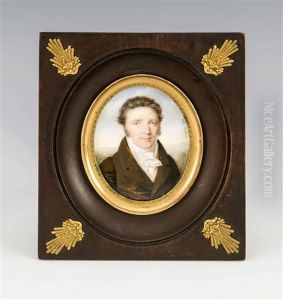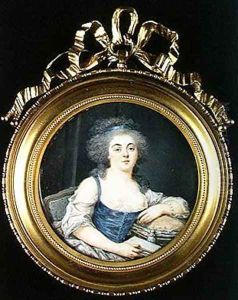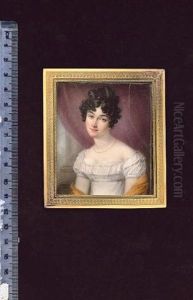Andre Leon (Mansion) Larue Paintings
André Léon Larue, also known by his pseudonym Mansion, was a French painter and illustrator born in 1785. His life spanned a significant period in French history, witnessing the tumultuous years of the French Revolution, the Napoleonic era, and the subsequent restoration periods. Despite the political upheavals of his time, Larue managed to carve a niche for himself in the art world, becoming known for his genre scenes, historical paintings, and especially for his exquisite illustrations that captured the romantic sensibilities of his era.
Larue's artistic journey began at a young age, showing early promise and a keen interest in the arts. He was initially trained by local artists in his hometown before moving to Paris to further his studies. In Paris, he became a student of prominent artists of the time, which helped refine his style and technique. Larue's works are characterized by their detailed execution, vibrant colors, and the ability to convey complex emotions and narratives, qualities that made him a sought-after illustrator for books and periodicals of the time.
Throughout his career, André Léon Larue, or Mansion as he preferred in his professional undertakings, contributed significantly to the visual culture of his time. His illustrations for literary works not only brought the narratives to life but also helped in popularizing the books they accompanied. Larue's historical and genre paintings, on the other hand, reflected a romantic fascination with the past and a keen observation of the social mores and fashions of his time. Despite the acclaim, details of his personal life and professional struggles are less documented, which is not uncommon for artists of his period.
Larue's legacy is preserved in the collections of French museums and in the pages of the books he illustrated. His death in 1865 marked the end of an era, but his works continue to be celebrated for their contribution to the romantic movement in art and for their historical value. André Léon Larue (Mansion) remains a figure of interest for art historians and collectors, representing a bridge between the classical and romantic periods in French art.
